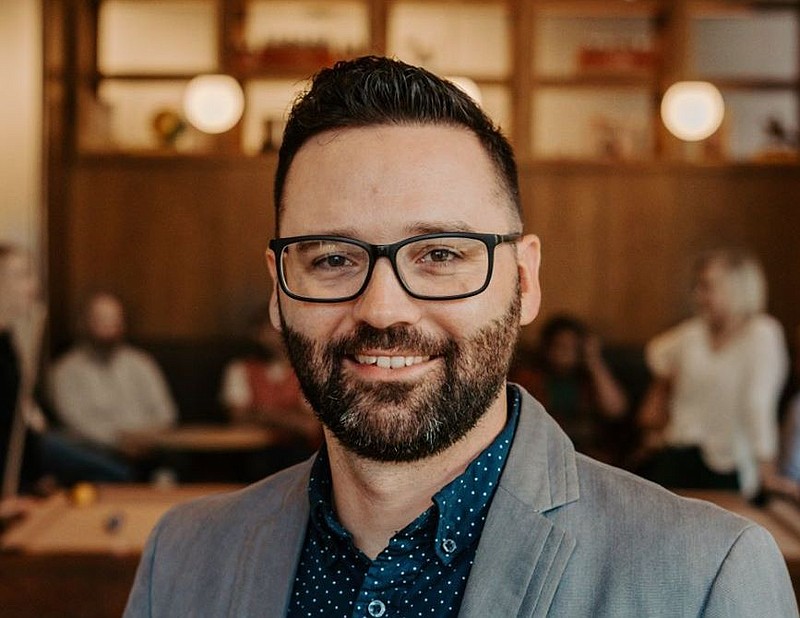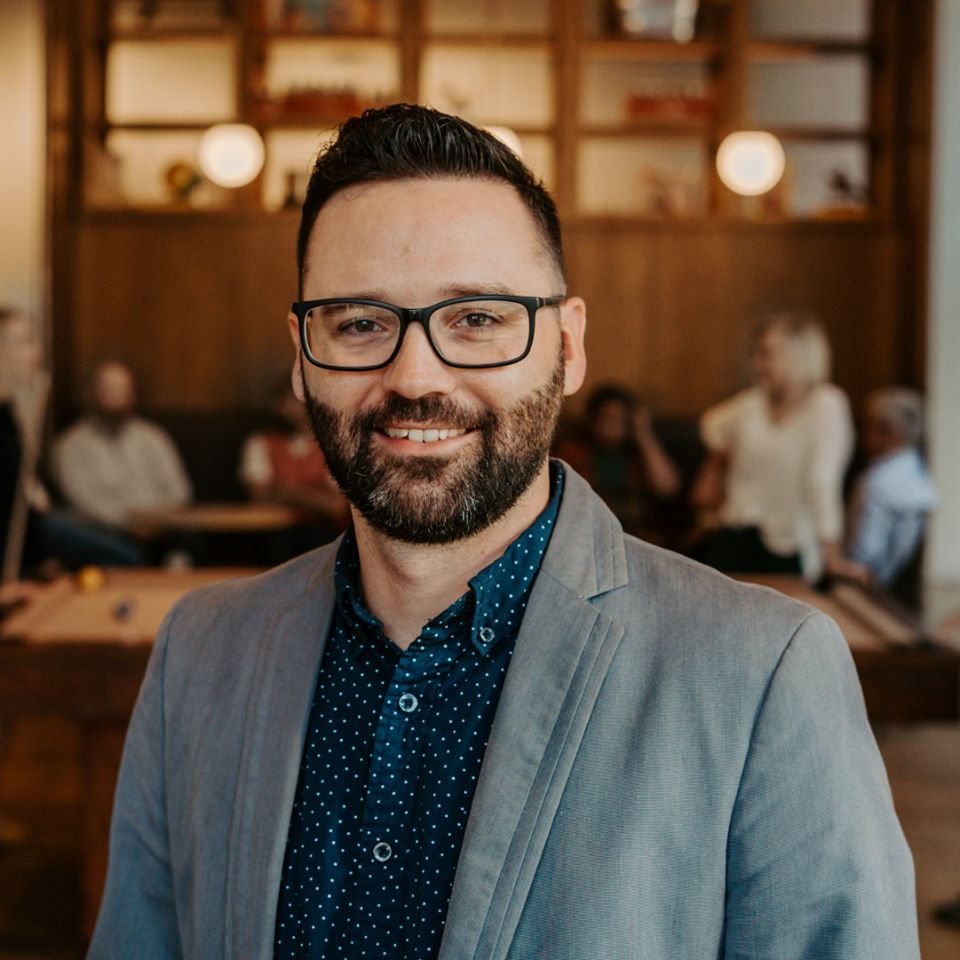Summer is in full swing, and things seem to be getting back to normal. Fifteen months ago, the world was full of questions and uncertainty. Today, businesses are reopening, large-scale events and social gatherings are returning, and school resumes in the fall. While some people are relieved by these things, not everyone is.
Some may feel anxious about the post-pandemic world. Many people shifted how they lived during the height of the pandemic. We had to adjust to life as we knew it, and now we see a slow return to a pre-pandemic normal. It's common to feel anxiety and uncertainty due to change.
2020 brought a drastic shift in life around the globe, affecting us all in different ways. You may have been affected to a greater degree than those around you. You may have felt a little out of place because of that. Maybe you still do. It's OK. Anxiety during the post-pandemic period is normal, and we all deal with things in our own way. Over the last 12 months, several studies have examined the pandemic's impact on mental and physical health. As you would expect, researchers have found increased stress levels due to the COVID-19 pandemic. Several studies call this stress post-pandemic anxiety.
So what is post-pandemic anxiety?
We all experienced a global pandemic over the last 15 months. But we didn't all have the same experience. Many factors may have affected your experience: job loss, being classified as an essential worker, parenting and dealing with school from home, being in closer proximity to those infected with the virus, contracting the virus or being quarantined are just a few examples.
According to Canadian researchers, "several studies have reported high levels of fear of infection and a pandemic-specific adjustment disorder called COVID stress syndrome."
COVID stress syndrome has five features, the researchers say:
* Danger and contamination fears.
* Socioeconomic concerns.
* Xenophobia (the fear or hatred of that which is perceived as foreign).
* Traumatic stress symptoms.
* Compulsive checking and reassurance seeking.
"There is emerging evidence that some people have developed post-traumatic stress disorder in response to COVID-19 related events," the researchers say.
An Italian study conducted in 2020 found a similarity between anxiety induced by the COVID-19 pandemic and post-traumatic stress disorder (PTSD). Since previous studies have identified PTSD in the months following epidemics or medical emergencies, this isn't uncommon. Survivors, health-care workers, people in direct contact with those infected, those subject to restrictive measures (quarantine and shutdowns) and those overly exposed to media information are at high risk for developing PTSD.
Of course, not everyone who experiences anxiety due to the COVID-19 pandemic suffers from PTSD. Anxiety can be seen as more of a sliding scale. People might experience varying levels of stress and anxiety as the world reopens.
Did I experience stress or trauma?
A Canadian study found that 15-25% of the general worldwide population experienced clinically significant levels of anxiety or stress-related symptoms in response to COVID-19. It's likely that even more people experienced general distress due to the pandemic. Understandably, we all experienced varying levels of stress or even trauma.
What signs should I be aware of?
You may want to dismiss what you've experienced over the past year, but reflecting on how the pandemic has affected you might be good for your mental health. Pay attention to your emotions because self-awareness is the first step in getting help if you need it.
Here are some signs of anxiety according to the American Psychological Association:
* Persistent worry or feeling overwhelmed by emotions.
* Excessive worry about a number of concerns.
* Restlessness and irritability.
* Difficulty concentrating, sleep problems and generally feeling on edge.
While anxiety is normal with lots of situations, including post-pandemic, it's whether the anxious feelings decrease over time that really determines if someone might need to seek professional help. If these symptoms don't improve, reach out to a counselor or therapist. If you see a loved one struggling with anxiety, encourage them to seek help as well.
Mitchell Qualls is the operations director and a content creator at family advocacy nonprofit First Things First. Email him at mitchell@firstthings.org.

